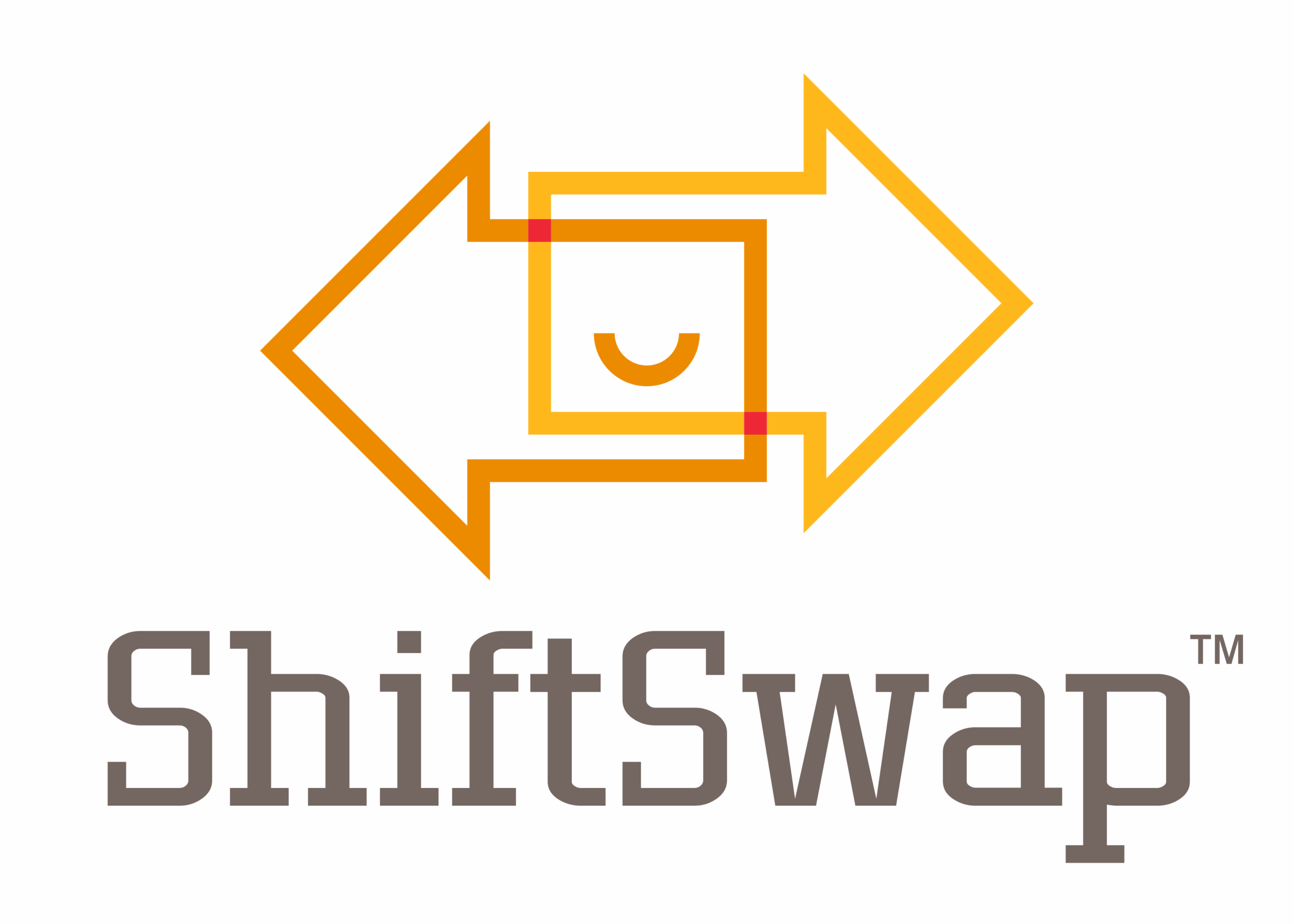How 3PL Automation Is Advancing Logistics
The third-party logistics (3PL) industry is experiencing a significant turning point. Rising e-commerce demand, labor shortages, and increasing customer expectations are pushing providers to alter how they operate.
As Keith Moore explains in his Global Trade Magazine article, “3PL’s Next Move: Automation & Agentic Supply Chain,” the industry’s future depends on how well it can harness automation, artificial intelligence (AI), and data-driven decision-making.
For logistics companies and warehouse operators, success now relies on more than meeting demand; it’s about converting operations into intelligent, agile ecosystems. The combined power of 3PL automation, warehouse automation, and digital transformation in logistics is redefining what efficiency and scalability look like across the supply chain.
The Rise of 3PL Automation
In the past, 3PL providers mainly concentrated on cutting costs and maximizing physical capacity. However, those priorities have shifted. Today’s clients expect faster fulfillment, greater transparency, and adaptability during disruptions. To keep up, 3PL automation has become the cornerstone of operational innovation.
By integrating AI with warehouse management systems (WMS) and transportation management systems (TMS), logistics providers can make real-time decisions that once required manual intervention. AI-driven analytics allow 3PLs to forecast demand, optimize routes, and reallocate labor resources in seconds.
For instance, if there’s an unexpected surge in incoming shipments, 3PL automation tools can instantly adjust staffing schedules, reroute inventory, and balance workloads across facilities. These technologies reduce human error, lower overtime costs, and improve visibility across every stage of the supply chain.
More importantly, automation frees human workers from mundane tasks, enabling them to focus on strategic problem-solving and continuous improvement, the areas where innovation advances.
Warehouse Automation: The Intelligent Hub of Logistics
At the operational core of logistics lies warehouse automation, where technology and physical execution intersect. Today’s warehouses are developing from reactive fulfillment centers into smart, proactive ecosystems.
We’re seeing advanced technologies such as autonomous mobile robots (AMRs), robotic picking arms, and automated storage and retrieval systems (AS/RS) move from the realm of science fiction into everyday reality. They are practical tools driving daily efficiency. When integrated with AI orchestration platforms, these systems turn warehouses into sites that can adapt quickly to volatility.
A wise warehouse doesn’t just follow pre-set rules. Thanks to warehouse automation, these systems can prioritize urgent orders, shift workers to busy areas, and even spot potential bottlenecks before they happen. By blending robotics with AI, warehouses can achieve faster processing times, lower operational costs, and more consistent service.
Small evolutionary advances are reshaping expectations of what a 3PL can deliver. Clients now look for not just storage and transportation, but intelligent execution that scales with their needs.
Digital Transformation in Logistics
Modern logistics teams rely on integrated digital platforms that link inventory systems, labor schedules, and customer data. These connections create a unified source of truth, enabling leaders to make data-informed decisions more quickly and confidently.
With predictive analytics, 3PL providers can anticipate labor shortages, identify underperforming assets, and optimize delivery routes based on real-time traffic and weather data. With the right digital infrastructure in place, companies can transition from reactive management to proactive strategy.
Overall, digital transformation in logistics allows companies to manage uncertainty with precision. Whether they’re dealing with sudden spikes in demand or unexpected supply chain hiccups, digital systems keep flexibility and visibility front and center.
As these technologies mature, logistics leaders are seeing the importance of balancing automation with human expertise. Digital transformation succeeds only when teams understand how to apply insights and adapt processes to fit operational realities.
How 3PL Innovation Creates Competitive Advantage
Embracing 3PL innovation means adopting a mindset that views technology as an enabler of workflows, not a replacement for human skill. Progressive 3PLs are investing in scalable technology while keeping customer relationships at the forefront. They recognize that automation should elevate service quality, not undermine it.
For example, real-time tracking, predictive maintenance, and automated billing systems give clients transparency and reliability, key factors in long-term partnerships. The companies leading the charge in 3PL innovation are the ones integrating AI-driven insights across departments. Whether improving warehouse layout design or optimizing truck loading sequences, innovation is grounded in actionable data and continuous improvement.
Over time, this approach improves performance. Organizations that embrace 3PL innovation position themselves to adapt faster, operate leaner, and deliver exceptional value even during volatile market conditions.
Human-AI Collaboration in Logistics
A critical lesson from the industry’s evolution is that technology alone isn’t the silver bullet for every challenge. 3PL automation and warehouse automation perform best when they complement human expertise.
In an agentic supply chain model, AI handles repetitive processes and complex calculations while human operators provide context, oversight, and creativity. The partnership between people and intelligent systems ensures that automation decisions align with organizational goals and customer priorities.
When logistics professionals use technology to enhance rather than replace human input, they create forward-thinking operations. This balance is what defines successful digital transformation in logistics and is a key element of sustainable 3PL innovation.
Preparing for the Next Phase of Logistics Advancements
The logistics industry is no longer defined by speed alone, but by intelligence, adaptability, and trust. Through 3PL automation and digital transformation in logistics, companies are entering a new era of connected, proactive operations.
Looking ahead, the merging of 3PL automation, warehouse automation, and digital transformation in logistics will accelerate the rise of fully integrated, self-optimizing supply chains. Autonomous trucks, AI-driven forecasting, and predictive maintenance will soon become standard features, not futuristic ideas.
Investing in employee training, data literacy, and change management will ensure that automation serves as a tool for progress rather than a source of disruption. At its core, 3PL innovation is about building smarter, more adaptive systems that prioritize people, performance, and progress equally.
For 3PL providers, embracing these advancements means staying ahead of the curve; not just in technology, but in leadership. When organizations merge innovation with human insight, they create a supply chain that is efficient and easy to scale.

